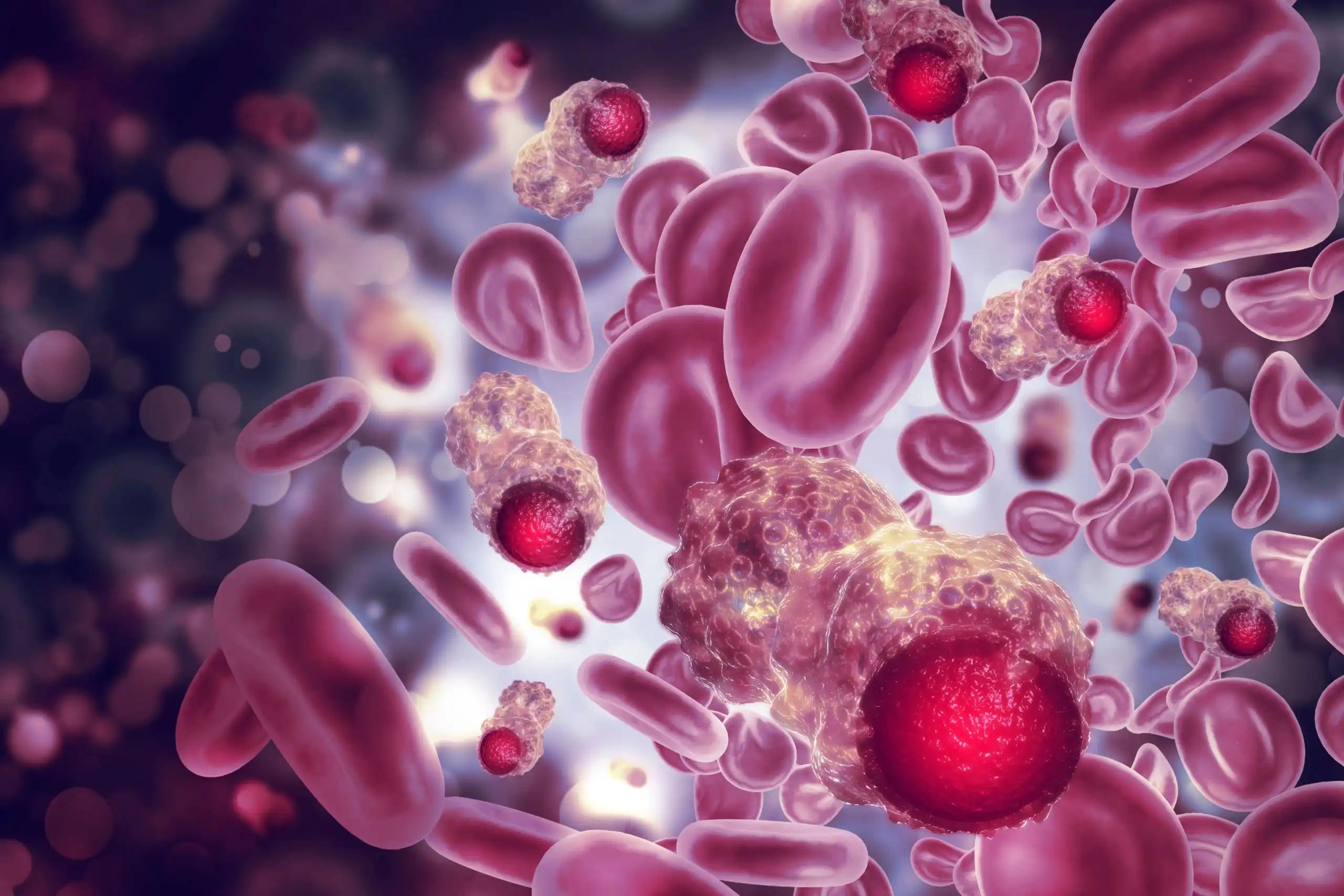KEY TAKEAWAYS
- A phase 3 trial GIM2 aimed to investigate the efficacy of DD treatment in high-risk cases of early breast cancer based on luminal-like subtypes.
- Randomized allocation was performed on 2003 patients diagnosed with early breast cancer with positive lymph nodes.
- The luminal B-like cohort experienced more excellent benefits from the DD schedule in terms of DFS and OS compared to the luminal A-like cohort.
- The luminal A-like cohort was identified as having a Ki67 level of less than 20% and a PgR level greater than or equal to 20%.
- The luminal B-like cohort exhibited a more excellent therapeutic response to the DD schedule than the luminal A-like cohort.
The Luminal A-like and B-like subtypes exhibit varying sensitivity to (neo)adjuvant chemotherapy. However, their potential for predicting the efficacy of dose-dense (DD) treatment in high-risk cases remains unclear. In this exploratory analysis of the Gruppo Italiano Mammella 2 (GIM2) trial, the efficacy of DD was investigated based on luminal-like subtypes. Randomized allocation was performed on patients diagnosed with early breast cancer with positive lymph nodes. The patients were assigned to receive either DD or SI anthracycline-based chemotherapy followed by paclitaxel. The researcher’s analysis identified the luminal A-like cohort as having a Ki67 level of less than 20% and a progesterone receptor (PgR) level greater than or equal to 20%. On the other hand, the luminal B-like cohort had a Ki67 level greater than or equal to 20% and a PgR level of less than 20%.
Among the cohort of 2003 patients who participated in the GIM2 clinical study, 412 individuals were diagnosed with luminal A-like breast cancer, while 638 were diagnosed with luminal B-like breast cancer. Following a median follow-up of 7.9 years, the luminal A-like and luminal B-like cohorts exhibited disease-free survival (DFS) rates of 80.8% (95% confidence interval [CI] 76.4-84.5) and 70.5% (66.5-74.2), respectively. The overall survival (OS) rates were 91.6% (88.2-94.1) and 85.1% (81.7-87.9) for the luminal A-like and luminal B-like cohorts, respectively. There was no significant correlation between the treatment and luminal subtype, as indicated by the interaction p-values of 0.603 and 0.535 for DFS and OS, respectively. Upon investigation of DD efficacy in each cohort, it was observed that the luminal-B-like cohort experienced more significant benefits from the DD schedule in terms of DFS (unadjusted hazard ratio [HR] 0.72 [95% CI 0.54-0.96]) and OS (unadjusted HR 0.61 [95% CI 0.40-0.94]), as compared to the luminal A-like cohort (unadjusted HR for DFS 0.89 [95% CI 0.59-1.33]; unadjusted HR for OS 0.83 [95% CI 0.45-1.54]). There was no notable correlation detected between the luminal-like subtype and the treatment. The luminal B-like cohort exhibited a more significant therapeutic response to the DD schedule.
Source:https://pubmed.ncbi.nlm.nih.gov/32634760/
Clinical Trial: https://clinicaltrials.gov/ct2/show/NCT00433420
Del Mastro L, Poggio F, Blondeaux E, De Placido S, Giuliano M, Forestieri V, De Laurentiis M, Gravina A, Bisagni G, Rimanti A, Turletti A, Nisticò C, Vaccaro A, Cognetti F, Fabi A, Gasparro S, Garrone O, Alicicco MG, Urracci Y, Mansutti M, Poletti P, Correale P, Bighin C, Puglisi F, Montemurro F, Colantuoni G, Lambertini M, Boni L; Gruppo Italiano Mammella Investigators. Fluorouracil and dose-dense adjuvant chemotherapy in patients with early-stage breast cancer (GIM2): end-of-study results from a randomized, phase 3 trial. Lancet Oncol. 2022 Dec;23(12):1571-1582. doi: 10.1016/S1470-2045(22)00632-5. Epub 2022 Nov 10. PMID: 36370716.



